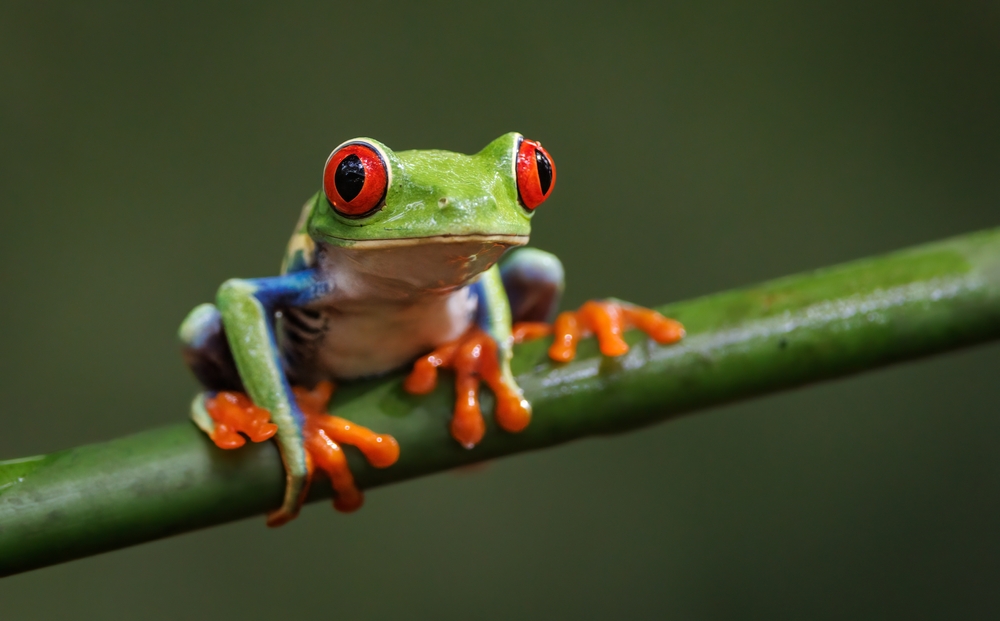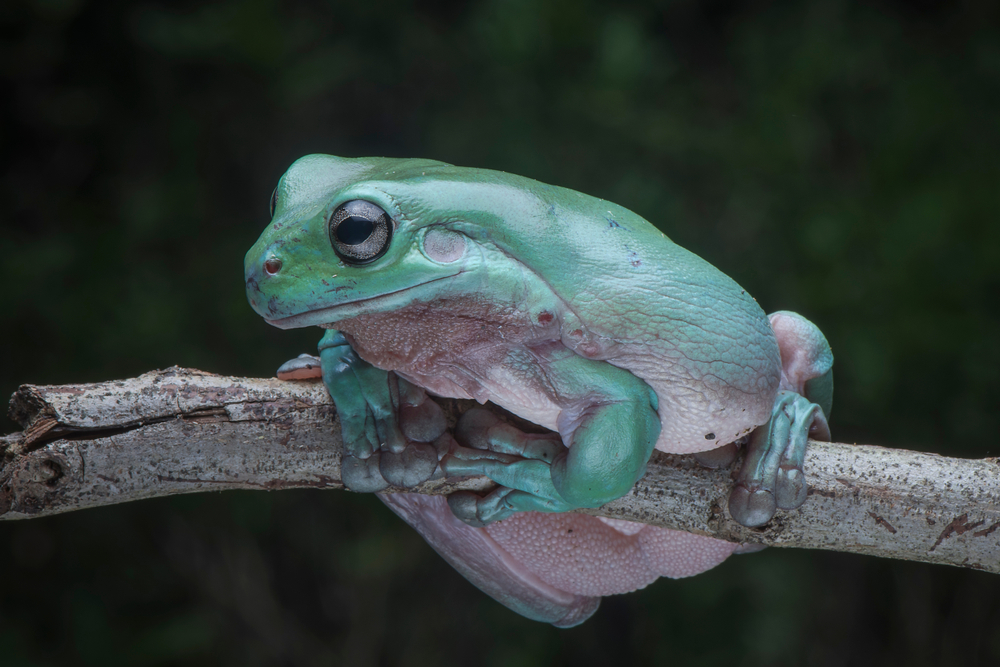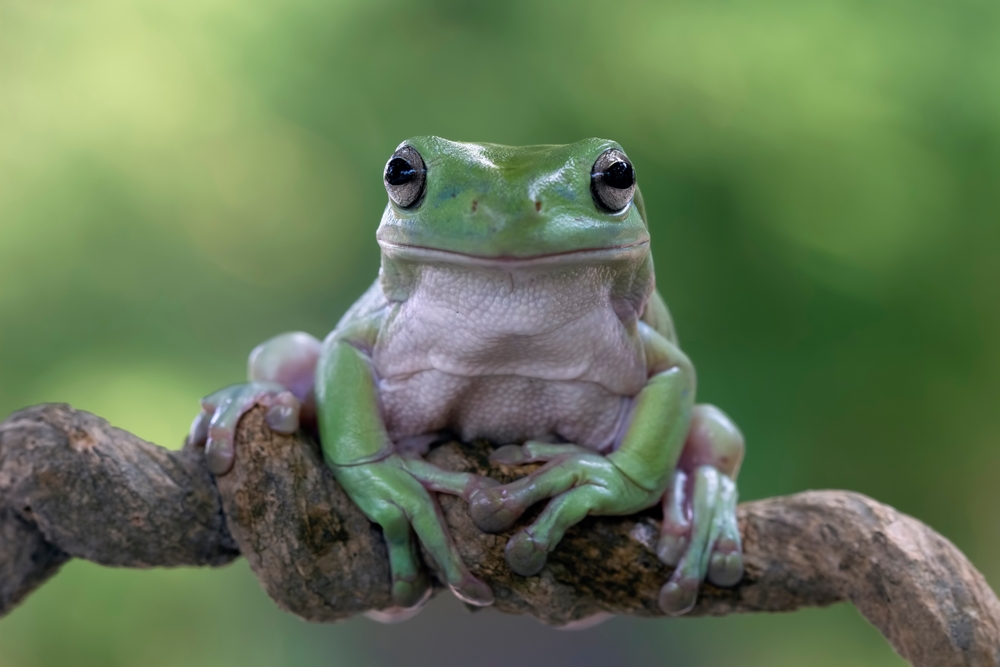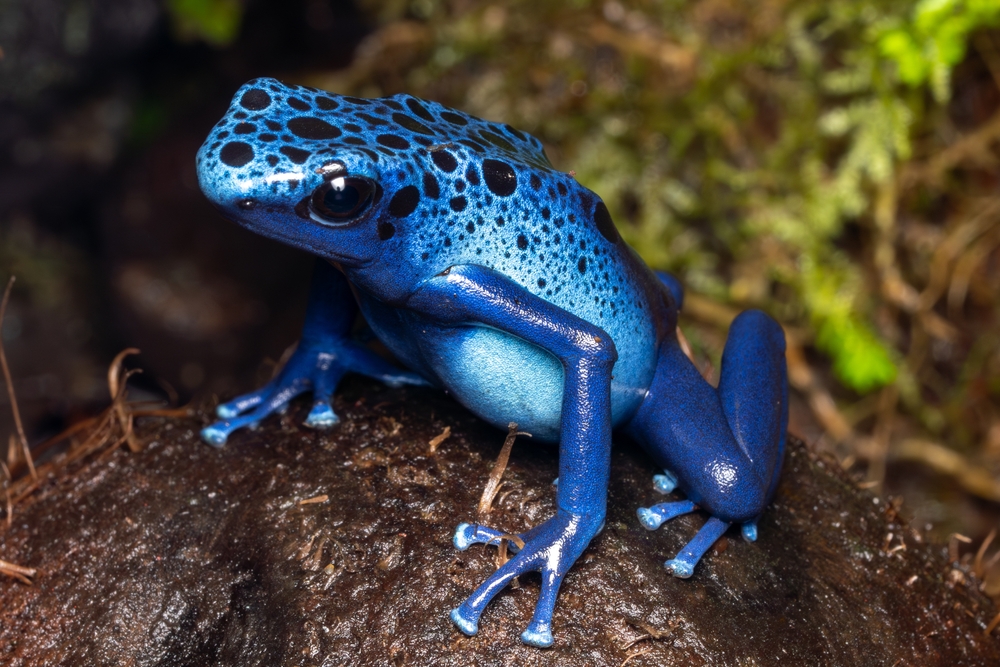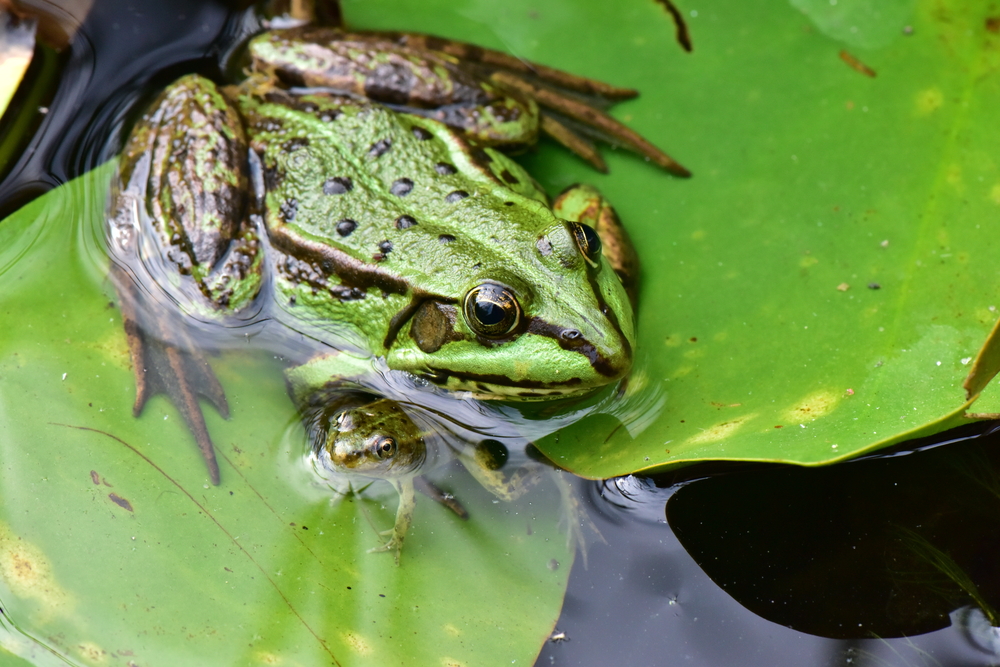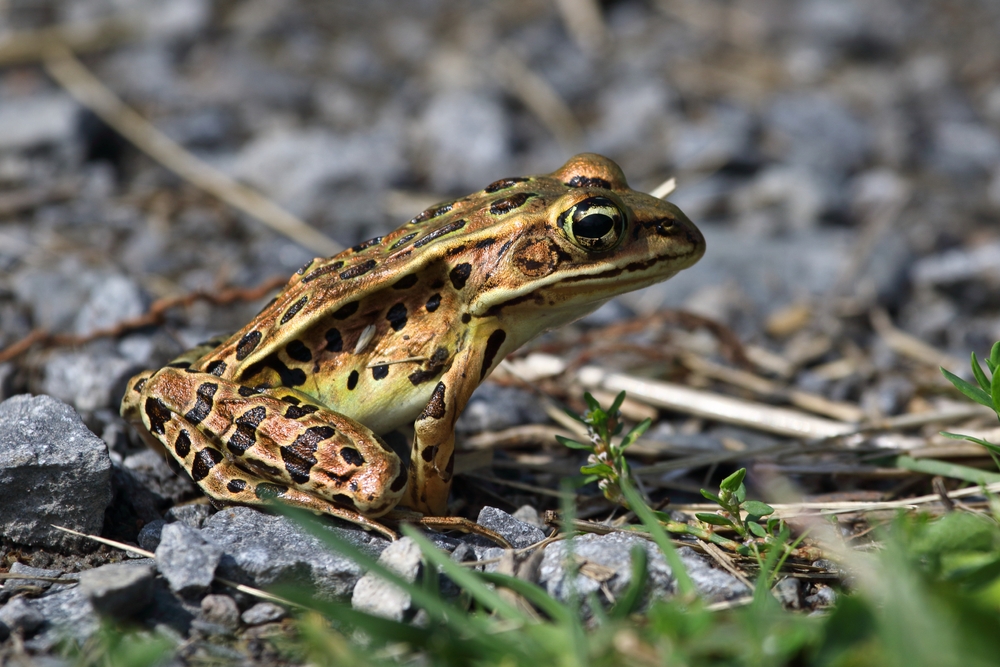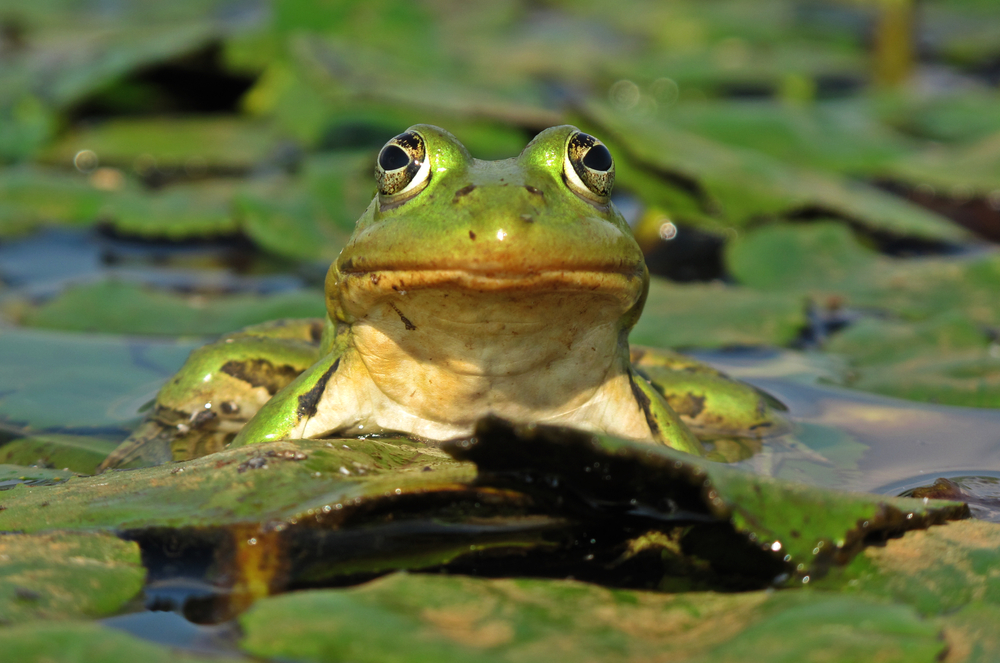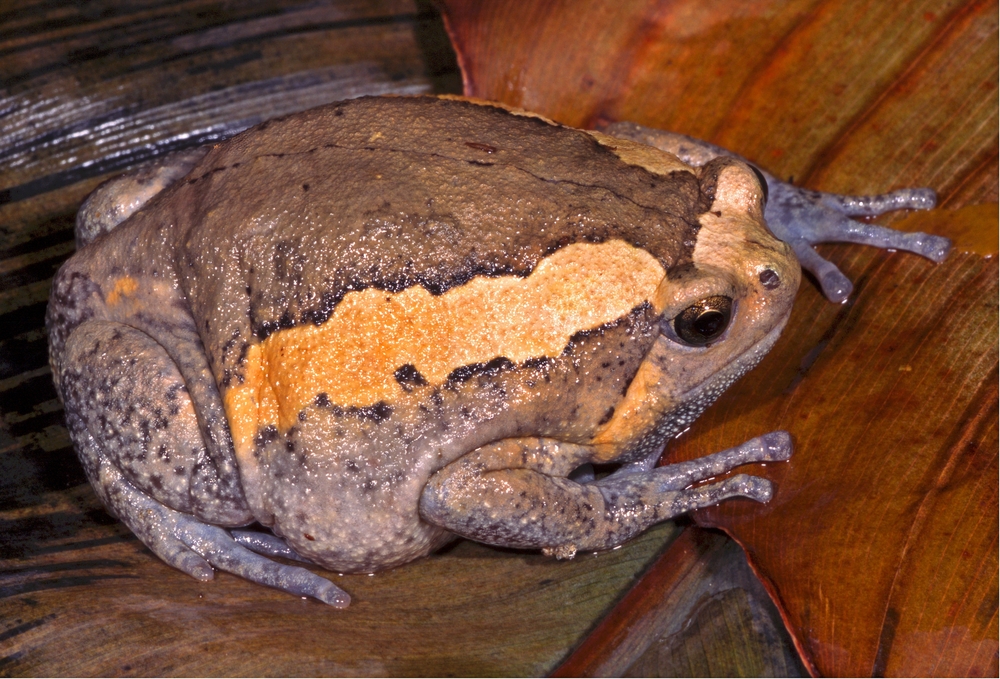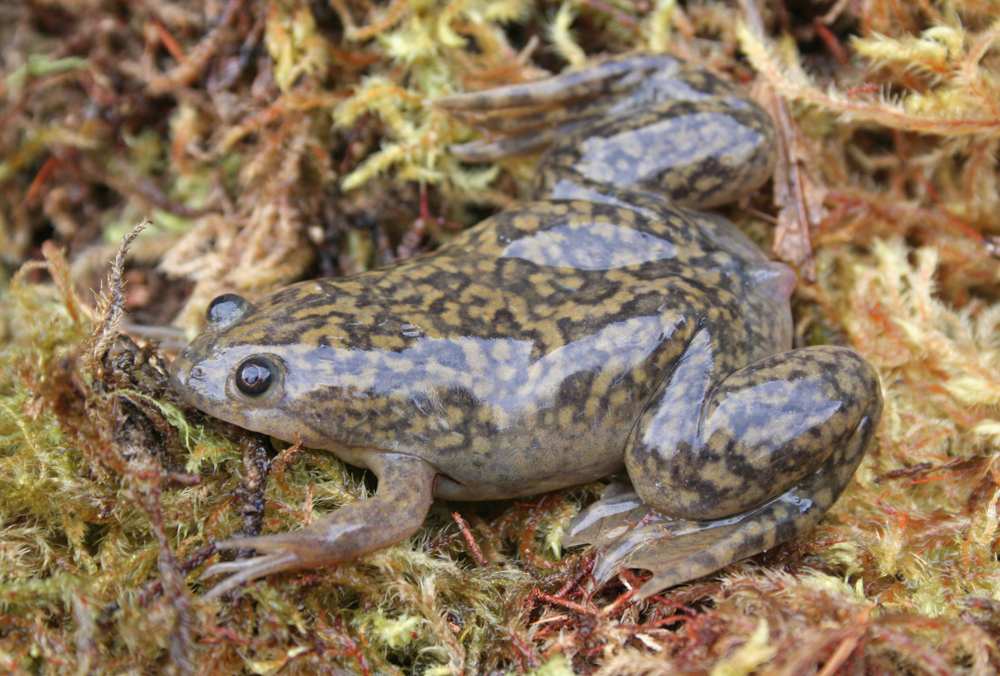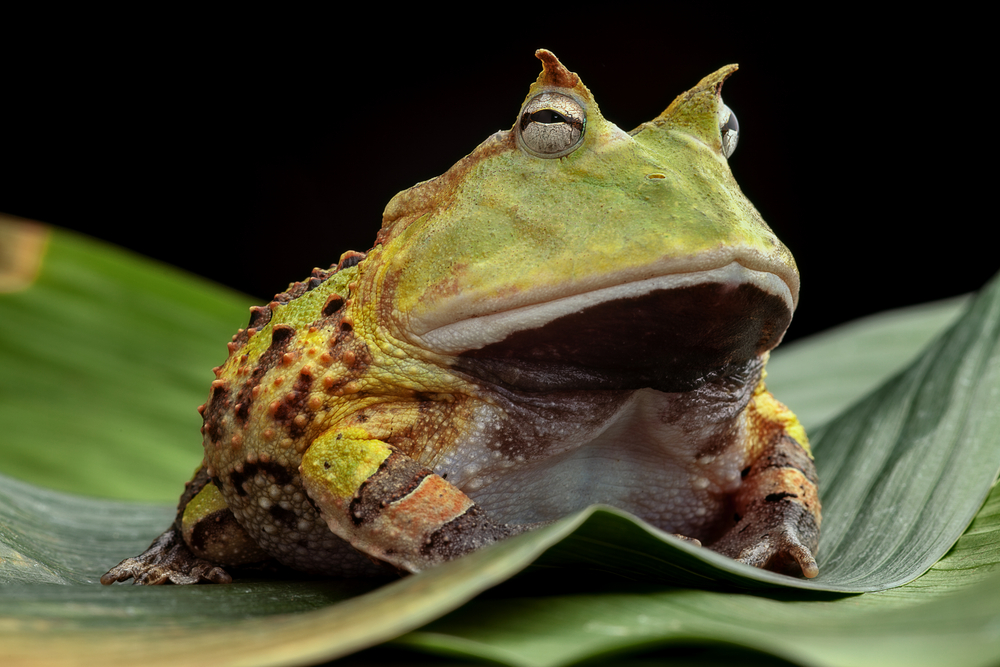About
#Amphibian
The red-eyed tree frog (Agalychnis callidryas) is one of the most iconic and visually stunning amphibians of Central America. Belonging to the Hylidae family (true tree frogs), it is found in lowland rainforests from southern Mexico to northern Colombia, where it lives high in the tropical canopy near rivers and ponds. Its most recognizable feature is its brilliant red eyes, which contrast sharply with its bright green body, blue and yellow flanks, and orange toes.
This frog grows to about 5–7.5 cm (2–3 inches) in length and is an agile climber, equipped with strong limbs and sticky toe pads that allow it to cling to leaves and branches. The red-eyed tree frog is nocturnal, resting during the day with its eyes closed and limbs tucked in to blend in with foliage—an example of cryptic coloration. If startled, it opens its vivid red eyes in a sudden display, possibly to confuse predators—a behavior called startle coloration.
Though it looks dangerous, the red-eyed tree frog is non-toxic and relies on camouflage and quick escape to avoid threats. It feeds at night on crickets, moths, flies, and other small invertebrates.
During the rainy season, males call from vegetation to attract females. Females lay eggs on the undersides of leaves hanging over water. Once hatched, tadpoles drop into the water below to complete their development.
While not currently endangered, the red-eyed tree frog faces pressure from habitat loss, climate change, and deforestation, and is popular in the pet trade.
Threatened:
Extinct
Critically Endangered
Endangered
Vulnerable
Near Threatened
Least Concern



































































